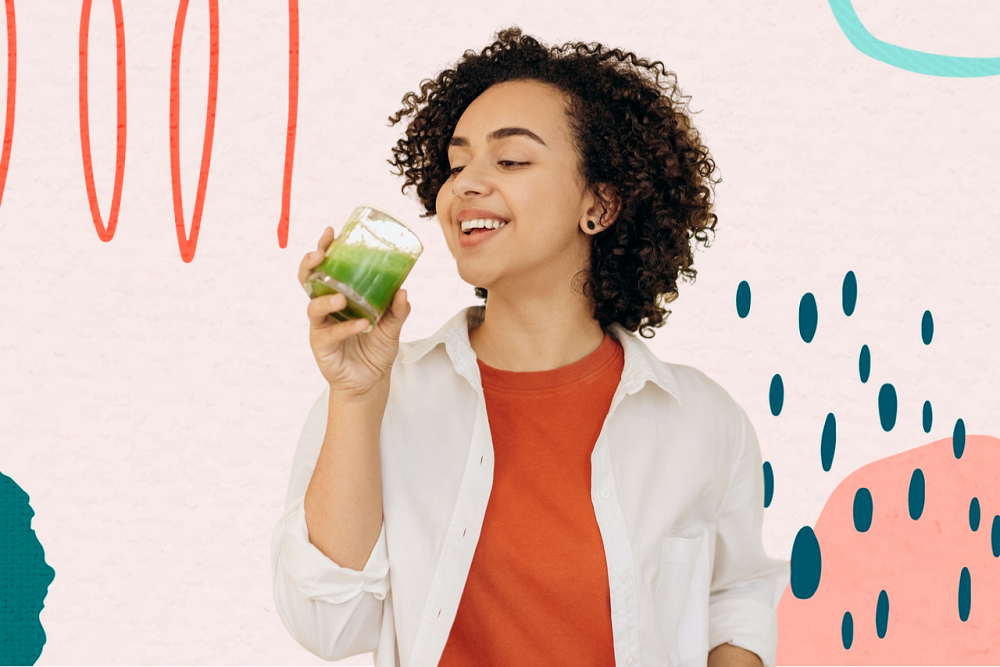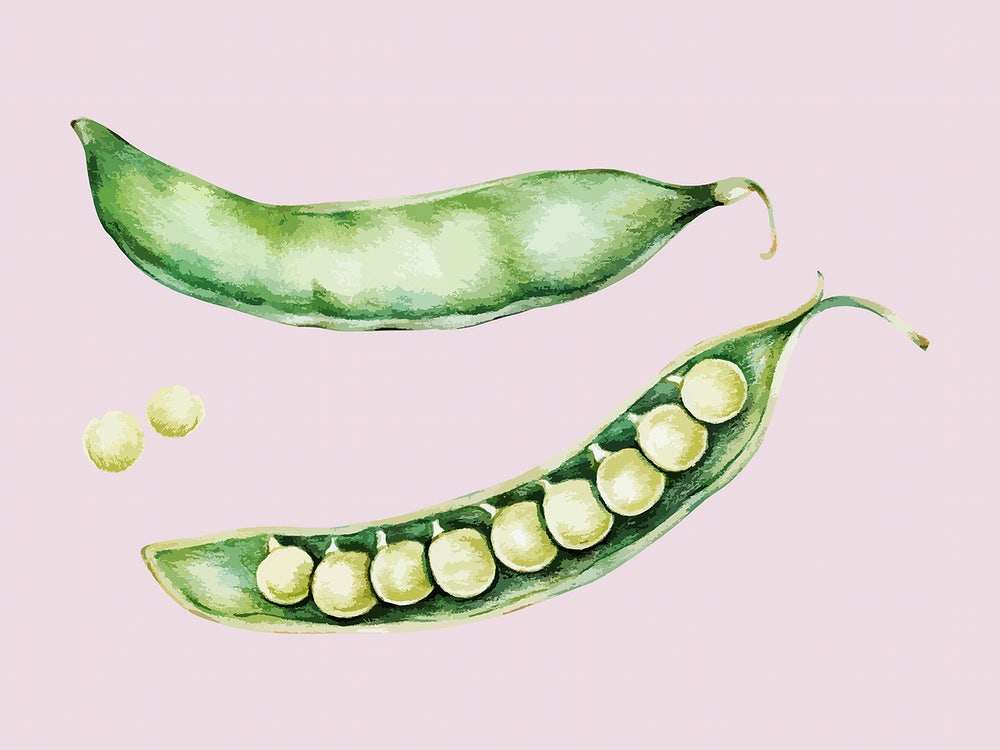In the quest for optimal health, we often overlook one of nature’s most remarkable compounds: chlorophyll. This vibrant green pigment, responsible for plants’ ability to convert sunlight into energy, has captured the attention of health enthusiasts and researchers alike.
What makes chlorophyll particularly fascinating is its molecular structure, which bears a striking resemblance to haemoglobin, the protein that carries oxygen in our blood. This similarity might explain why chlorophyll-rich foods can be so beneficial for our wellbeing, supporting everything from enhanced oxygen transport to natural detoxification processes.
Understanding Chlorophyll’s Role in Our Health
The beauty of chlorophyll lies not just in its rich green colour, but in its remarkable health-promoting properties. When we consume chlorophyll-rich foods, we’re not simply adding colour to our plate – we’re providing our body with a compound that supports red blood cell formation, aids in natural detoxification, and offers anti-inflammatory benefits. Some studies even suggest that chlorophyll might play a role in wound healing, making it a truly versatile nutrient for overall health.

Nature’s Greatest Sources of Chlorophyll
When it comes to finding natural sources of chlorophyll, dark leafy greens reign supreme. Spinach leads the pack, containing an impressive 300-600mg of chlorophyll per 100g, followed closely by kale and Swiss chard. These everyday heroes of the vegetable world are readily available and can be incorporated into countless dishes. But don’t stop at leafy greens – fresh herbs like parsley and coriander are chlorophyll powerhouses in their own right, offering a concentrated dose of this green pigment along with their distinctive flavours.
The world of green vegetables extends far beyond the familiar faces of spinach and kale. Broccoli, green beans, and asparagus all contribute significant amounts of chlorophyll to our diet. Even green bell peppers, with their crisp texture and versatile nature, provide a meaningful dose of this important compound. For those willing to venture into more exotic territory, sea vegetables like spirulina and chlorella offer some of the highest concentrations of chlorophyll found in nature.

Practical Ways To Add More Green Your Diet
Incorporating more chlorophyll into your daily routine doesn’t require a complete dietary overhaul. Start with your morning meal – a green smoothie can be a game-changer, combining spinach, parsley, cucumber, and green apple with a hint of lemon and ginger. This simple combination not only provides a substantial dose of chlorophyll but also offers a refreshing start to your day.
Throughout your day, look for opportunities to add fresh herbs to your meals. A handful of parsley in your sandwich, some fresh mint in your tea, or a generous sprinkling of coriander over your curry can significantly boost your chlorophyll intake.
When preparing dinner, consider making dark leafy greens a non-negotiable component of your meal. A side of sautéed kale or a bed of wilted spinach can transform an ordinary meal into a chlorophyll-rich feast. And hey; both taste great, too!
Read: 5 IDEAL steps to more mindful eating
The Art Of Preparation & Storage
To maximise the chlorophyll content of your foods, paying attention to preparation methods is crucial. Gentle steaming preserves more nutrients than boiling, and consuming some greens in their raw state ensures you’re getting the maximum nutritional benefit. Store your greens with care – keeping them wrapped with slightly damp kitchen paper in the refrigerator can extend their life and maintain their nutritional value.
For those busy days when fresh greens aren’t readily available, having frozen spinach on hand can be a lifesaver. While fresh is ideal, frozen greens retain much of their nutritional value and can be easily added to soups, stews, and smoothies. Some people also choose to supplement their chlorophyll intake with liquid chlorophyll or spirulina powder, though whole food sources should always be the foundation of your approach.

Creating Chlorophyll-Rich Meals
Let’s talk about putting theory into practice with some practical meal ideas. A nourishing green soup can be created by gently simmering spinach, kale, leeks, and celery in vegetable stock, perhaps with a potato for creaminess and fresh herbs for added flavour and nutrition.
For a refreshing salad, consider building layers of flavour and nutrition with a watercress base, topped with steamed broccoli florets, asparagus tips, and avocado, dressed simply with lemon juice and olive oil.
Read: 6 different ways of cooking vegetables expertly
Important Health Considerations
While chlorophyll-rich foods are generally safe and beneficial, it’s worth noting a few important considerations. Those on blood-thinning medications should discuss significant dietary changes with their healthcare provider, as some green vegetables can affect blood clotting. If you’re considering chlorophyll supplements, start with a small dose to ensure they agree with your system, as high doses can occasionally cause digestive upset.
Supplementing With Chlorophyll
If you find it challenging to consume enough greens, high-quality supplements are widely available in liquid, powder, or capsule form. These can be an easy and convenient way to boost your chlorophyll intake. However, it’s always best to consult a healthcare provider before starting any new supplement.

The Potential Benefits Of Chlorophyll
It’s worth noting the numerous health benefits associated with this powerful nutrient:
- Skin Health: Chlorophyll may help reduce inflammation and bacterial growth, potentially improving conditions like acne. A 2015 pilot study involving 10 people with acne and large pores found that after using a topical chlorophyllin gel for three weeks, participants saw a noticeable improvement in their skin’s appearance
- Detoxification: It can bind to and remove harmful toxins from the body, possibly reducing the risk of certain cancers.
- Blood Health: Chlorophyll’s structure is similar to haemoglobin, which may help improve blood health. In fact, a 2004 pilot study suggested that wheatgrass, which contains about 70% chlorophyll, helped reduce the need for blood transfusions in people with thalassemia, a blood disorder.
- Weight Management: It may assist with appetite control and weight loss. A 2014 study involving 38 women found that those who took a chlorophyll-rich plant membrane supplement once a day experienced greater weight loss than those who didn’t.
- Digestive Health: Chlorophyll’s detoxifying properties can promote better digestion and a healthier gut environment.
Of course, none of the above is definitive and much more research is required before conclusions can be drawn.
The Bottom Line
Incorporating more chlorophyll into your diet is about more than following a trend – it’s about embracing a way of eating that supports your body’s natural functions. By making simple, mindful choices to include more green foods in your daily meals, you’re not just adding colour to your plate; you’re providing your body with one of nature’s most remarkable compounds.
Remember that sustainable dietary changes happen gradually. Start with small steps, perhaps adding an extra serving of greens to your daily routine, and build from there. Your body will thank you for the extra nutrition, and you might just discover new favourite foods along the way.
As with any significant dietary change, it’s wise to consult with a healthcare provider, particularly if you have underlying health conditions or are taking medications. They can help ensure that your approach to increasing chlorophyll intake aligns with your overall health needs.





